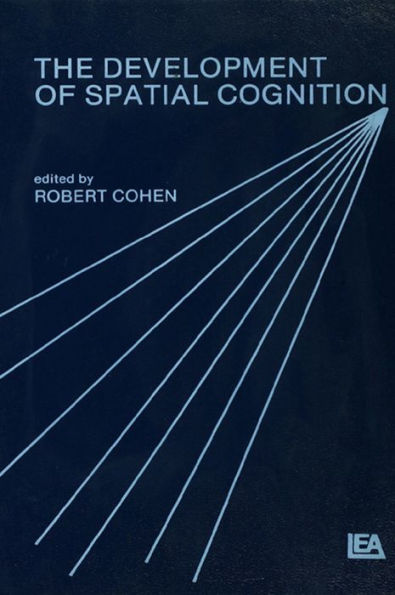First published in 1985. The present book represents a statement of the state of the art in a very important aspect of spatial cognition, its development.
1128484835
The Development of Spatial Cognition
First published in 1985. The present book represents a statement of the state of the art in a very important aspect of spatial cognition, its development.
69.99
In Stock
5
1

The Development of Spatial Cognition
416
The Development of Spatial Cognition
416Related collections and offers
69.99
In Stock

Product Details
| ISBN-13: | 9781134926732 |
|---|---|
| Publisher: | Taylor & Francis |
| Publication date: | 08/21/2013 |
| Sold by: | Barnes & Noble |
| Format: | eBook |
| Pages: | 416 |
| File size: | 4 MB |
About the Author
From the B&N Reads Blog
